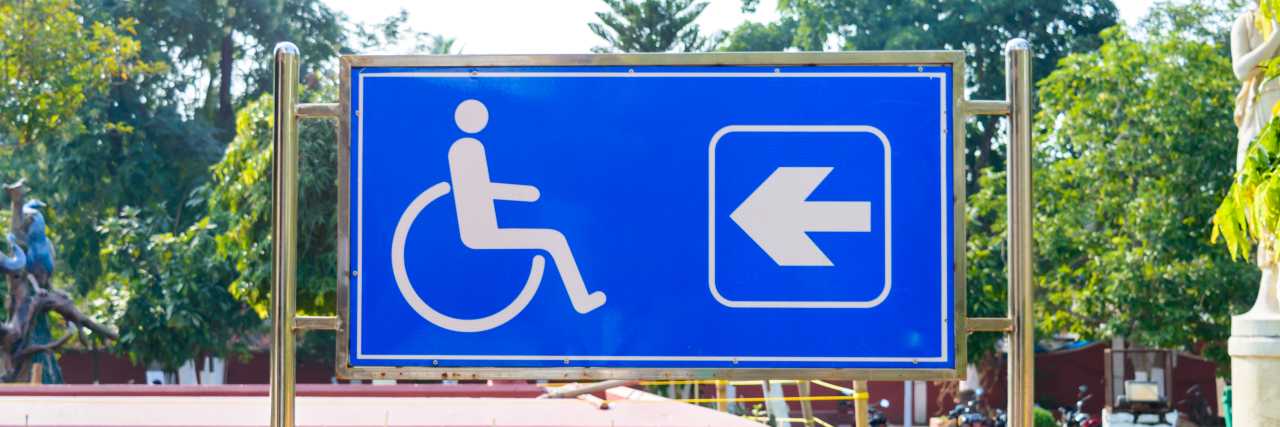This past week I had a training for work that was at a different location. The building had accessible parking, large elevators… and a horrible bathroom. Seriously. The way I had to forcibly bend my body could easily be considered some sort of new wave yoga.
The bathroom was what many able-bodied people would consider accessible. The stall was slightly bigger than the other two and had handrails on both walls. To get to the stall, you had to go through two doors then… stuck. My chair barely fit to where I could close the door. Those of us who need to change clothing need the room to do so! Especially when our bodies may not be as flexible as Elastigirl.
As a society, we need to start asking what disabled individuals need and stop assuming. That bathroom stall is not the first I have come across that didn’t adequately meet some basic needs, and it won’t be the last. I’ve encountered ramps that are way too steep and places that say they are accessible, but have small doorways that can’t fit even a smaller-than-average wheelchair. The people who do not need these accommodations walk in and say “yep! It has rails and a ramp,” while the people using these accommodations say “um, the stall won’t close with my chair in it, the ramp made me tip backwards and I can’t get through your door!”
There’s a very easy way to fix and avoid these problems altogether. Consult those you are trying to accommodate! For years I worked with individuals with disabilities, and I am embarrassed to say that I thought I knew what accessibility meant. When I got sick I quickly learned that I. Didn’t. Know. Shit.
You don’t know what someone needs until you walk (or roll) in their shoes (or wheels). If you have a product or any construction that needs to comply with inclusion and accessibility laws, it wouldn’t take much to just reach out and listen to what we actually need.
Thank you!
This story originally appeared on Life in the Accessible Lane.
Getty image by ItsAbby94.

